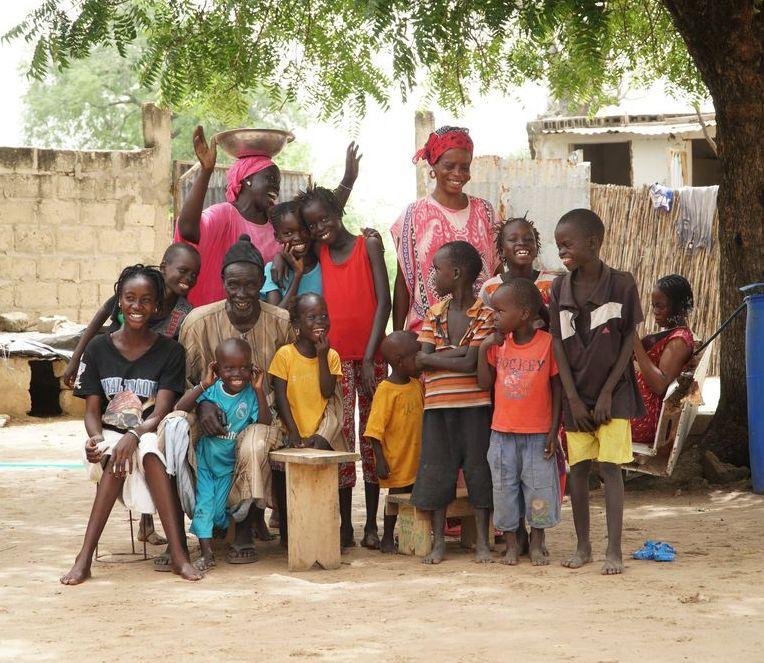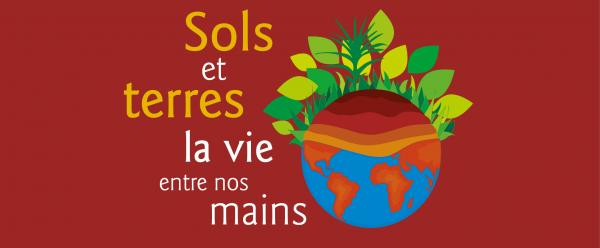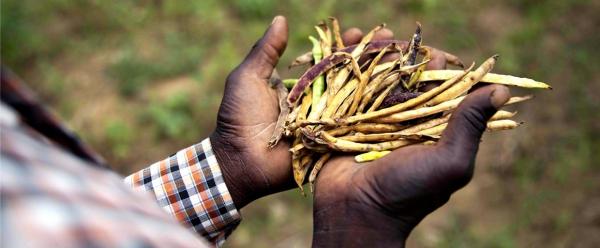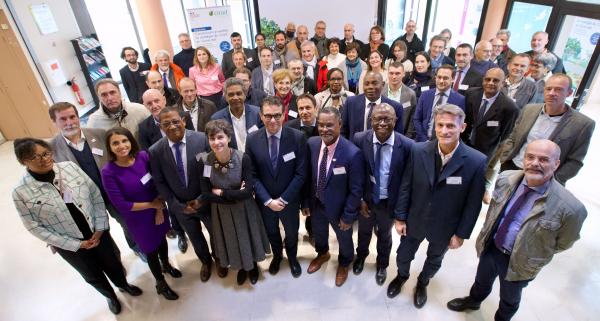Event 12 February 2024
- Home
- Press area
- Press releases
- SIA 2019 Conference
SIA 2019 Conference | Sahel, a land of agricultural opportunities and challenges

The Head of the village of Ndiadiane, who grows millet, groundnut and cowpea in an agroforestry system, with his family © V. Bonneaud, CIRAD
The Sahel is an arid and semi-arid tropical zone that extends across all the countries bordering the south of the Sahara, from Senegal to Djibouti, where two thirds of the population make a living from animal and crop production. It is one of the poorest regions in the world and among the most affected by crises linked to climate, food and security. Its population is also growing steadily.
In this context, how can Sahelian agriculture develop to provide a source of food, jobs and income, as well as preserve its natural resources? How can the Sahel’s young people and dynamic population innovate in this field?
Institutional stakeholders, researchers and local actors (NGOs, producer organisations, social enterprises and foundations) will answer these questions on 27 February at the International Agricultural Show in Paris from 2 pm (Hall 1/Space 2000).
The speakers will show how research and innovation can support Sahelian agricultural development - and its adaptation to climate change – to meet the needs of populations and to encourage cohesion, stability and security in the region.
There may be a press conference with the speakers at 4.30 pm or 6.15 pm.
Access to resources: a source of rivalry between farmers and livestock producers in the Sahel A succession of agro-sylvo-pastoral zones extends from the north to the south with different crops, including maize and cotton in zones with the highest rainfall and sorghum, groundnut, cowpea and millet in zones with the lowest rainfall. Pastoralism is omnipresent and livestock mobility is high, since herders move south with their animals in search of food in the dry season. This secular transhumance has always been a source of rivalry with farmers when it comes to access to resources (water, grazing areas, transhumance corridors). The conflicts are now escalating: climate disruption is forcing livestock further south and more land is being used for crop production as a result of population growth. |


























